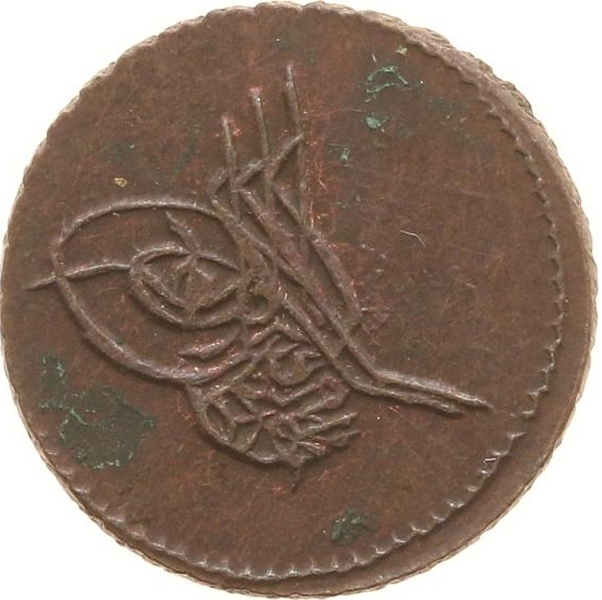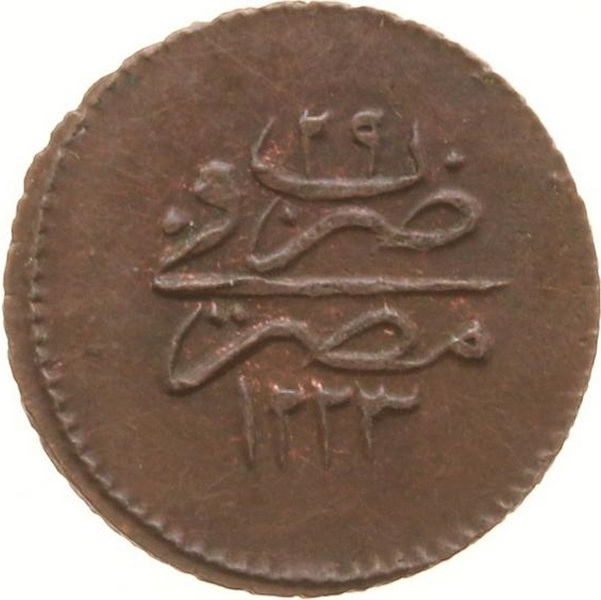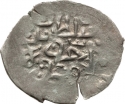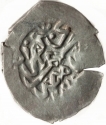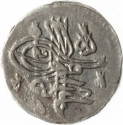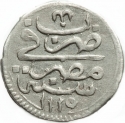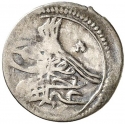You are about to finish your registration. Please check your mailbox (including spam folder). There should be a letter with a confirmation link. Check setting to make sure that your e-mail address is correct.
Send letter againDescription
Mahmud II (1785–1839) was the 30th Sultan of the Ottoman Empire from 1808 until his death in 1839.
His reign is recognized for the extensive administrative, military, and fiscal reforms he instituted, which culminated in the Decree of Tanzimat ("reorganization") that was carried out by his sons Abdulmejid I and Abdülaziz. Often described as "Peter the Great of Turkey", Mahmud's reforms included the 1826 abolition of the conservative Janissary corps, which removed a major obstacle to his and his successors' reforms in the Empire. The reforms he instituted were characterized by political and social changes, which would eventually lead to the birth of the modern Turkish Republic.
Notwithstanding his domestic reforms, Mahmud's reign was also marked by nationalist uprisings in Ottoman-ruled Serbia and Greece, leading to a loss of territory for the Empire following the emergence of an independent Greek state. In terms of the general social structure of the Ottoman Empire, Mahmud's reign was characterized by a major interest in Westernization; institutions, palace order, daily life, clothing, music and many other areas saw radical reform as the Ottoman Empire opened up to the modernization.
The Eyalet of Egypt operated as an administrative division of the Ottoman Empire from 1517 to 1867. It originated as a result of the conquest of Mamluk Egypt by the Ottomans in 1517, following the Ottoman–Mamluk War (1516–17) and the absorption of Syria into the Empire in 1516. Egypt always proved a difficult province for the Ottoman Sultans to control, due in part to the continuing power and influence of the Mamluks, the Egyptian military caste who had ruled the country for centuries.
Obverse

|
Tughra in Mahmud II name. محمود خان بن عبد الحميد مظفر دائما |
|---|---|
Reverse

|
Arabic legend with the year of the Sultan's reign on top and Ottoman Turkish legend "Struck in Egypt" and the accession year in Hejira (AH1223) below inside a circle. ٢٩ |
| Edge |
